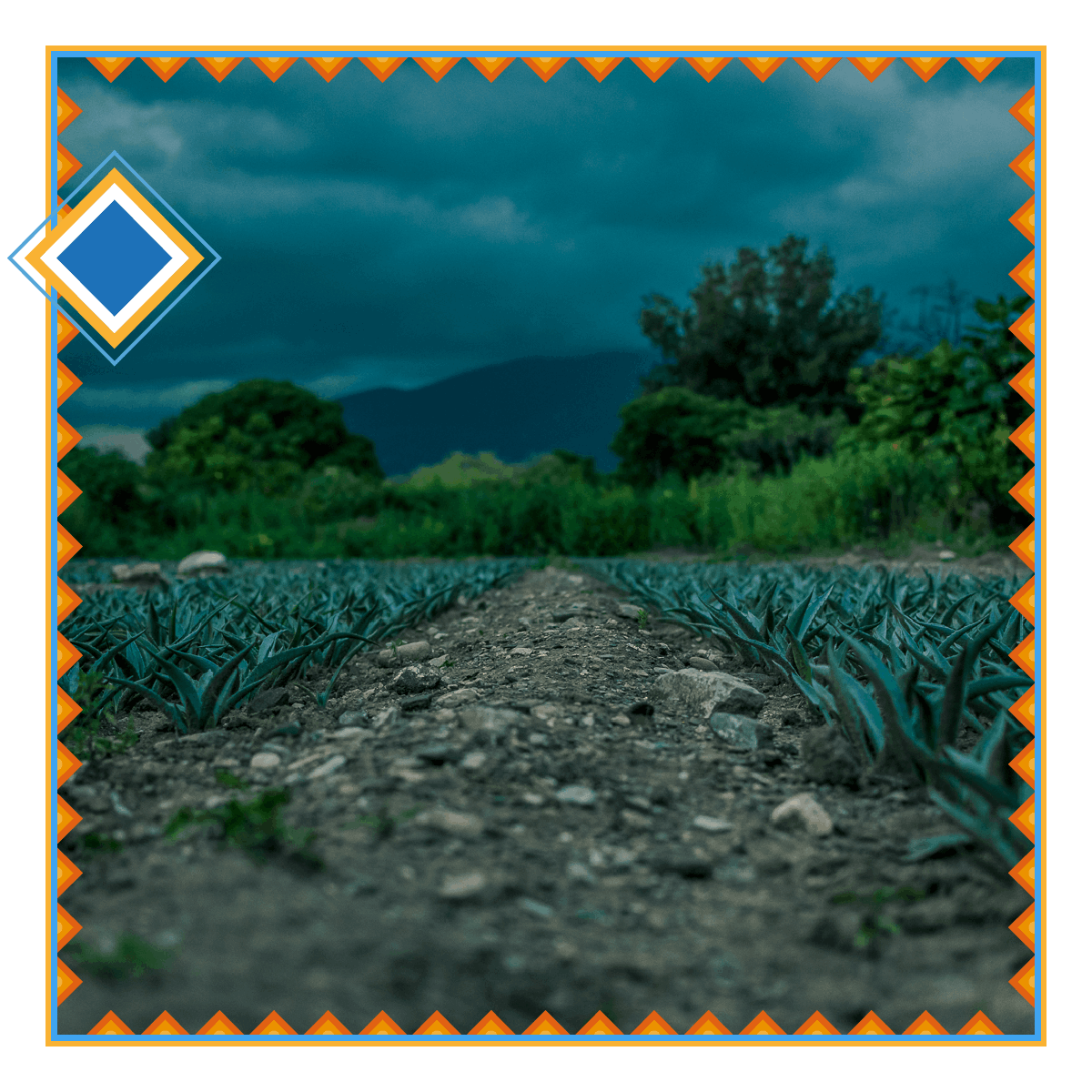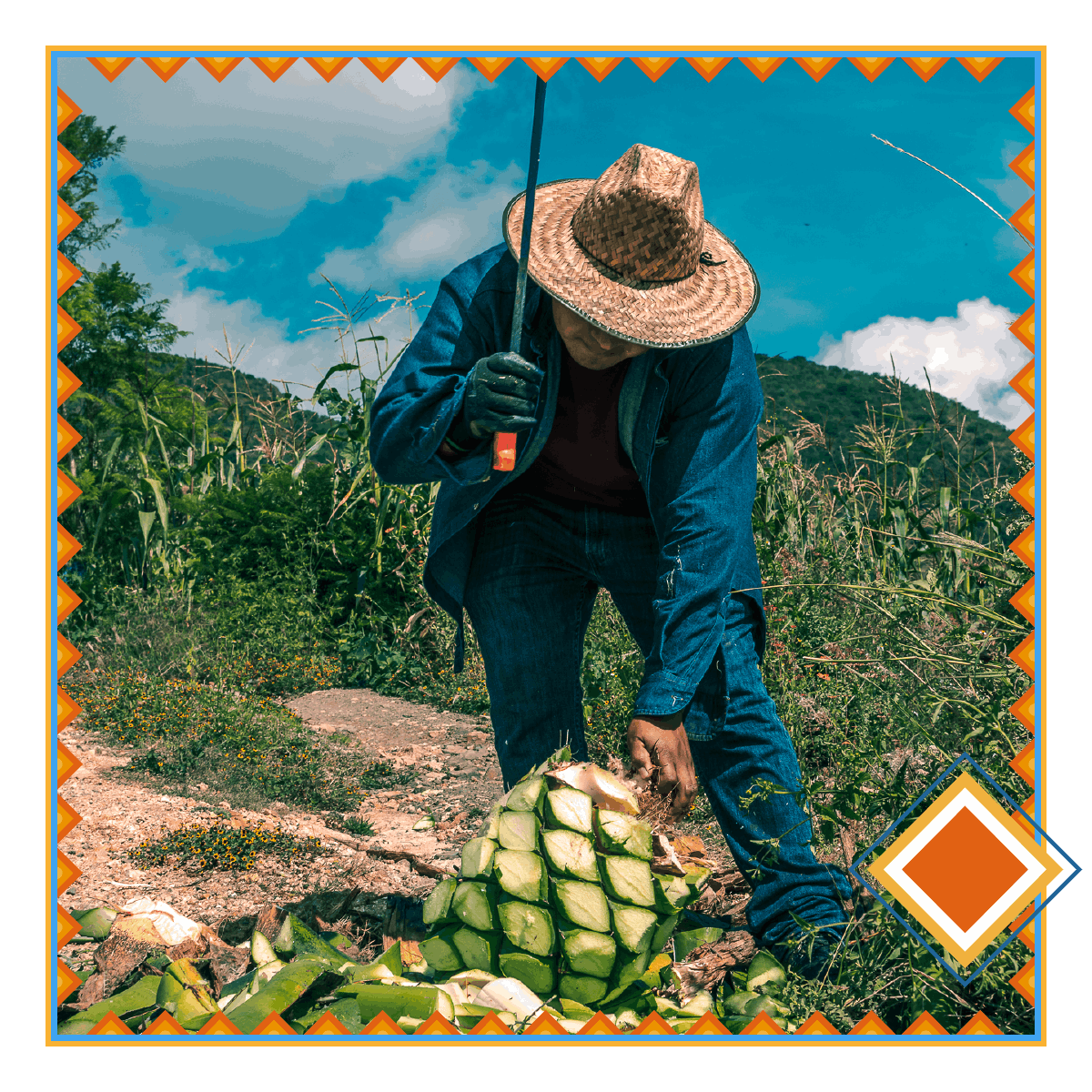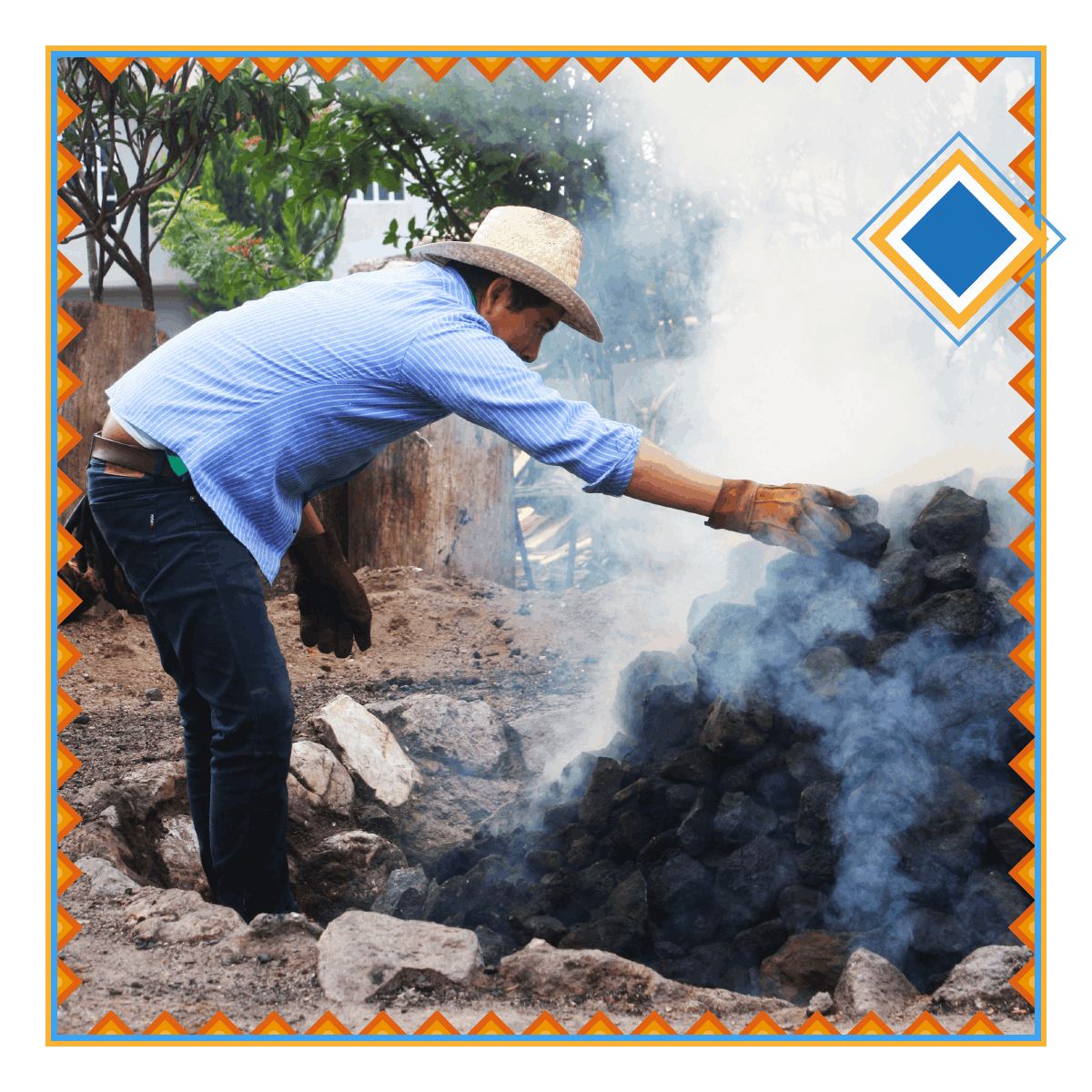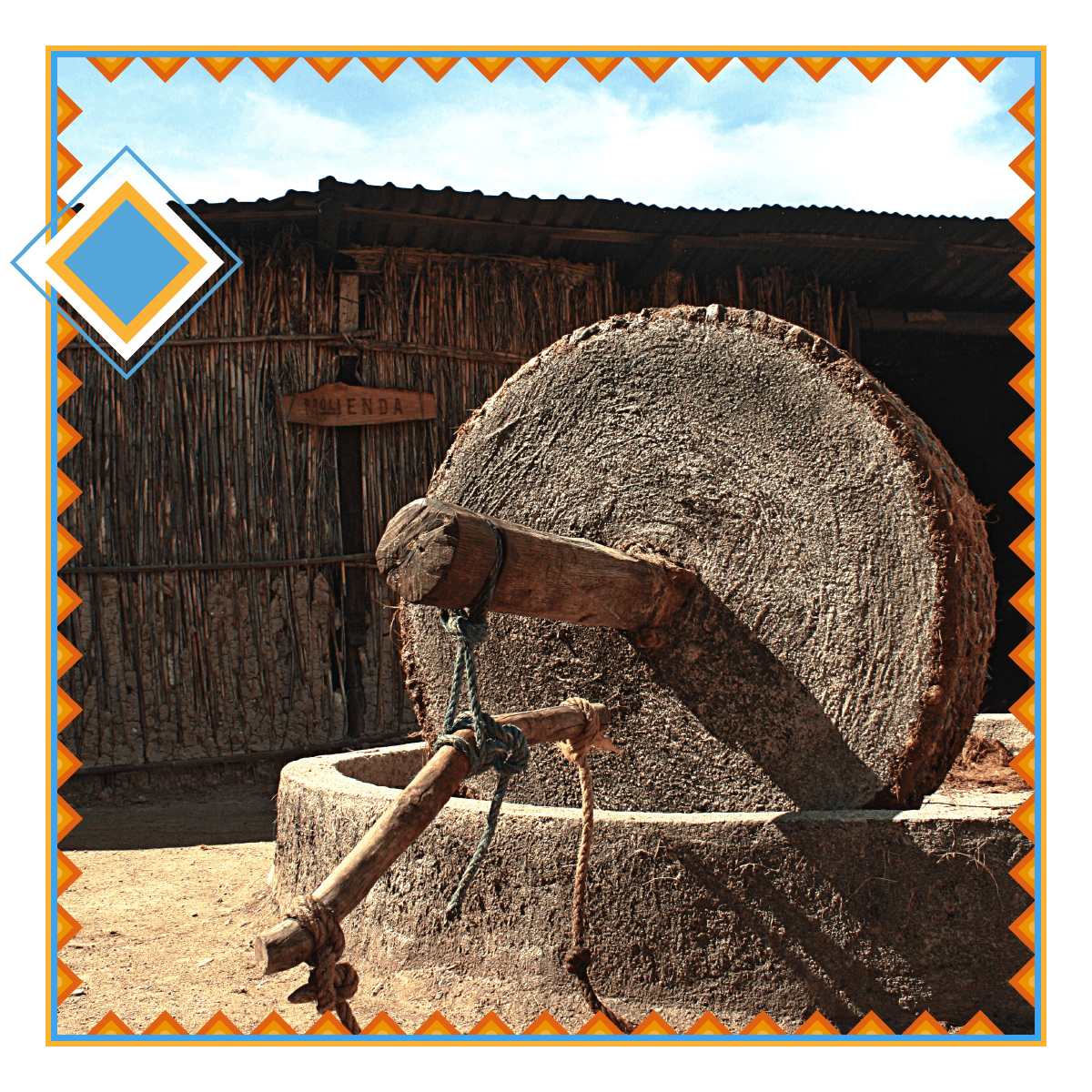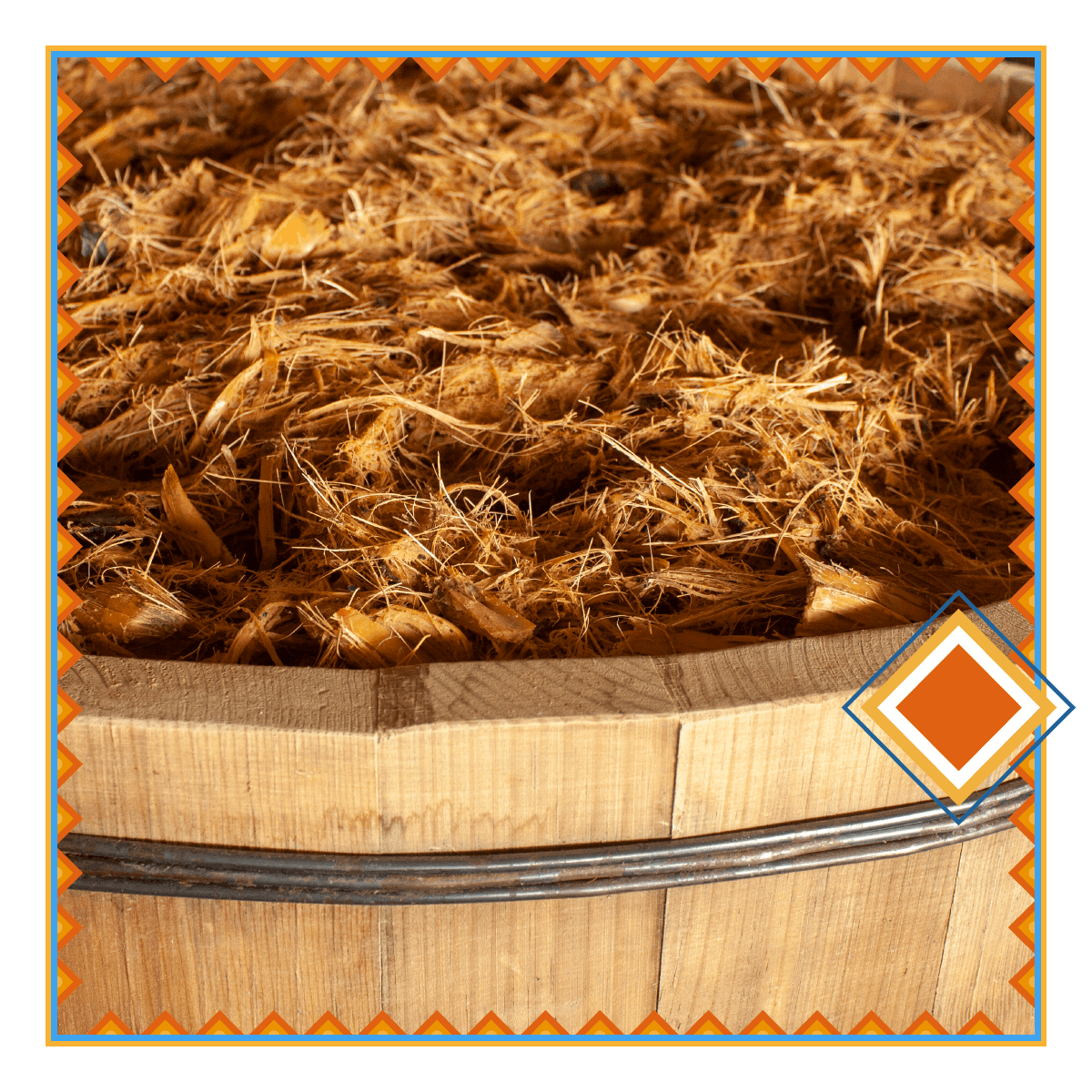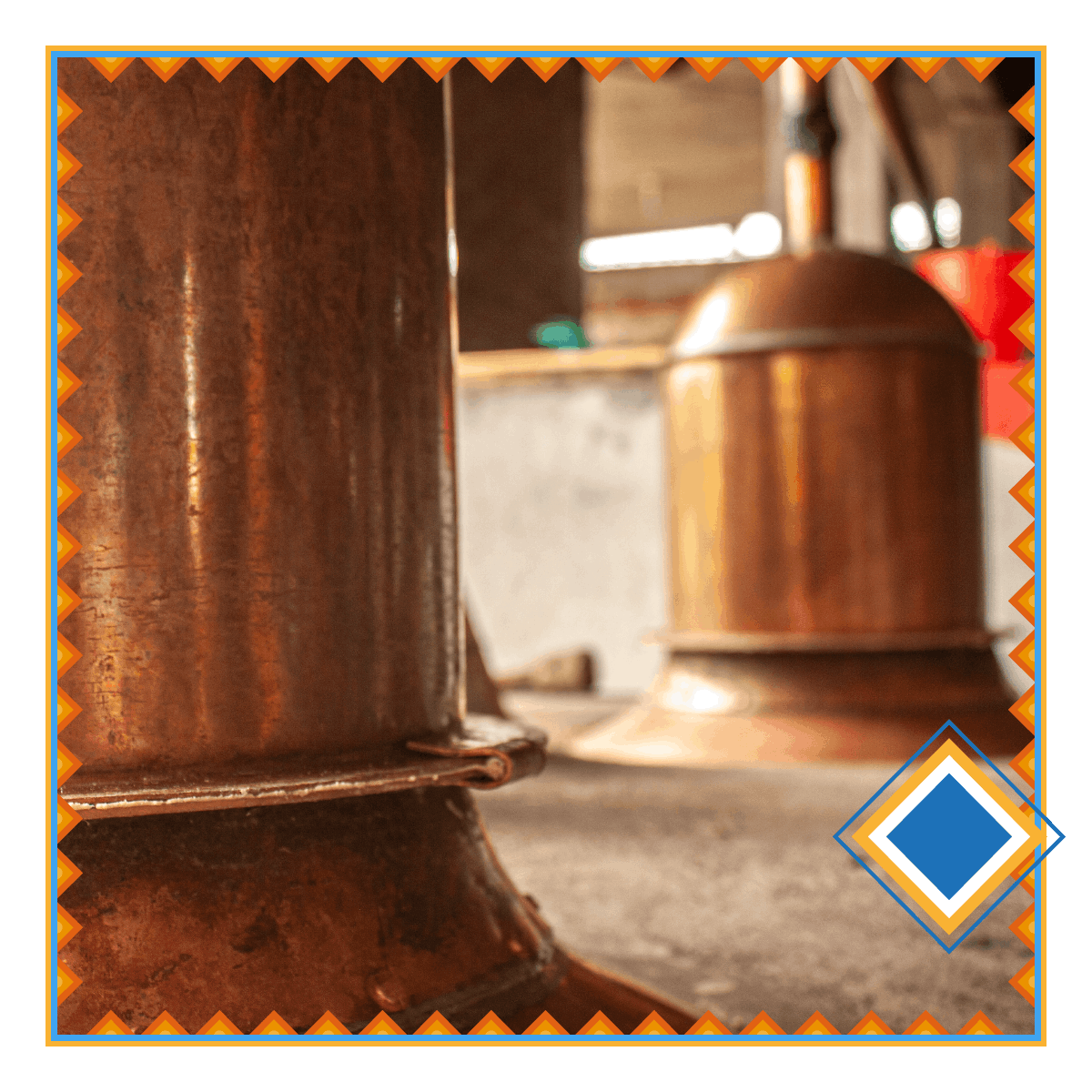1 | THE MAGUEY
Maguey is the main element in the production of mezcal. Each variety of agave has unique characteristics such as its flavor, its growth period, the natural environment in which it grows, as well as its method of reproduction.
In Mezcal dialects we work with 3 types of agave:
-Cultivated Espadin agave, which takes 7 to 8 years to mature in the central valley region of Oaxaca.
-Wild Tobalá agave, which takes 10 to 15 years to grow in the central valley region of Oaxaca.
-Agave Cupreata semi-cultivated with a maturation period of 7 to 15 years in Michoacán.
